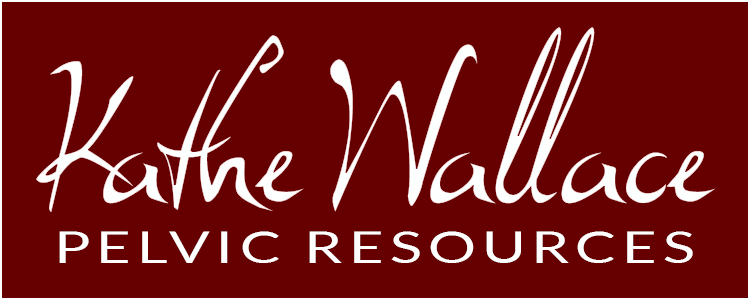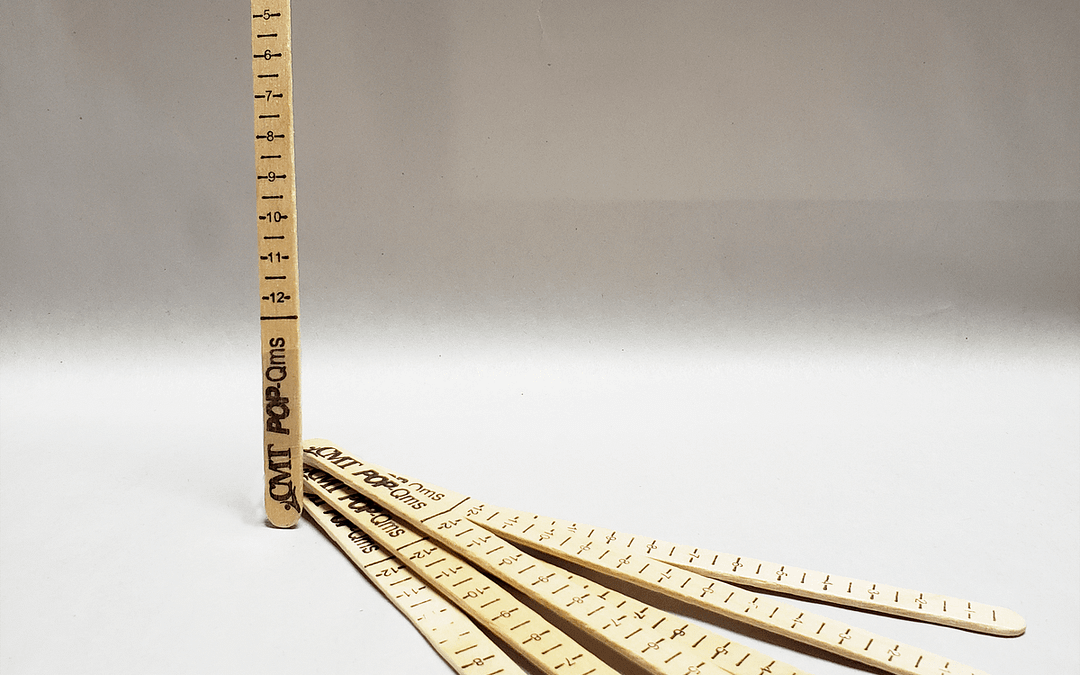Terminology and Technique for Pelvic Floor Rehabilitation
The time has arrived to correctly describe and effectively use the Valsalva maneuver–and the all-important Vaginal Vacuum that can accompany the maneuver–in pelvic floor rehabilitation. How one performs the Valsalva breath holding technique is an important consideration in pelvic floor health and rehabilitation. The Valsalva maneuver was introduced as a medical procedure in 1704 by an Italian physician to expel pus from the middle ear. Over the years, the Valsalva maneuver has been used in medicine for everything from changing cardiac rhythms to testing for disc herniation.
Valsalva vs. Strain Maneuvers and the Pelvic Floor (PF)
First, we need to define Valsalva versus Strain from a pelvic health and rehabilitation perspective. Clarifying these definitions is a beginning, improving the understanding of the effect of managing Intra-Abdominal Pressure (IAP) in pelvic floor dysfunction (PFD).
The Valsalva maneuver is a moderately forceful attempted exhalation against a closed airway. The 2017 International Urogynecologic and Continence Societies (IUGA/ICS) joint Terminology Report for the conservative and non-pharmacological management of female pelvic floor dysfunction defines the Valsalva maneuver as “the action of attempting to exhale with the nostrils and mouth, or glottis closed. Valsalva is usually performed with digital closure of the nose, as when trying to equalize pressure in an airplane.” Properly used, the term “Valsalva maneuver” does not address the pelvic floor.
In contrast to the Valsalva maneuver, the strain maneuver is a forceful bearing down which can cause excessive perineal descent. We use a strain maneuver to test for pelvic organ prolapse, but it is otherwise discouraged in most of our patients with prolapse or incontinence. Straining/bearing down as defined in the above IUGA/ICS terminology report “may have a similar meaning to Valsalva; however, in practice, straining/bearing down may be interpreted as meaning pushing downward and trying to relax the pelvic floor, as when defecating.” A strain maneuver therefore does address the pelvic floor.
In reality, the Valsalva maneuver does affect the pelvic floor. During the Valsalva maneuver the pelvic floor elevates. I term this elevation the Vaginal Vacuum. For more information on pelvic floor elevation during the Valsalva maneuver, see Talasz et al., 2012 which states that “the Valsalva maneuver reflects an expiratory pattern with diaphragm and pelvic floor elevation, whereas during straining the pelvic floor descends.” Also see Baessler et al., 2017, who demonstrated that Valsalva maneuver is associated with better bladder neck support and a stiffer pelvic floor.
Vaginal Vacuum Technique (VVT)
I consider using the Vaginal Vacuum breath holding technique when the primary presenting pelvic floor muscle diagnosis (Spitznagle et al., 2017) includes a force production deficit with or without movement pattern coordination or IAP impairments. In my practice, patients with some pelvic floor muscle awareness and without pelvic floor muscle overactivity respond the best to the VVT.
Most pelvic rehabilitation practitioners are familiar with coaching a pre-contraction of the pelvic floor (termed the “Knack”) prior to a symptom-provoking cough. The Vaginal Vacuum Technique is designed to be a symptom reduction breathing technique. It is a short duration Valsalva breath hold used with a symptom-provoking activity like a lift or a push. The VVT can be accompanied by pelvic floor activation either reflexively or with coaching pelvic floor cues.
To identify if the patient has a reflexive Vaginal Vacuum effect, instruct the patient in a brief, sub-maximal breath hold on exhalation to be directed upward against a closed throat and mouth, (clearing your ears on the airplane– Valsalva maneuver) and observe for the response of stiffening or lifting of the pelvic floor.
Non-responders may need coaching. I suggest adding a contraction cue for the pelvic floor or providing more training in the coordination of this technique. Patients with significant PFD may need to use both the Knack and the VVT to manage IAP. For some, this Valsalva breathing technique may never produce an elevation of the pelvic floor.
Management of IAP with the Vaginal Vacuum Technique
Management of IAP is an important treatment consideration in patients with PFD. Breath holding, often unavoidable when pushing or lifting heavy loads, can be performed with different pelvic floor responses. The Valsalva maneuver can be of value in pelvic floor rehabilitation. Terminology is important, and I encourage you to reverse the trend of using Valsalva as a term to describe a straining/bearing down maneuver in clinical practice. I also encourage you to perform terminology fact checks: look closely at research publications for their specific descriptions of the Valsalva maneuver.
Finally, try the VVT during your initial patient assessments and use it as an additional self-care behavioral strategy to manage IAP. Clinically, many patients have reported improved quality of life–an ability to lift or push with fewer symptoms. I hope your patients do too.”
To learn more about advanced pelvic floor examination and the importance of managing IAP, visit my teaching page.




0 Comments